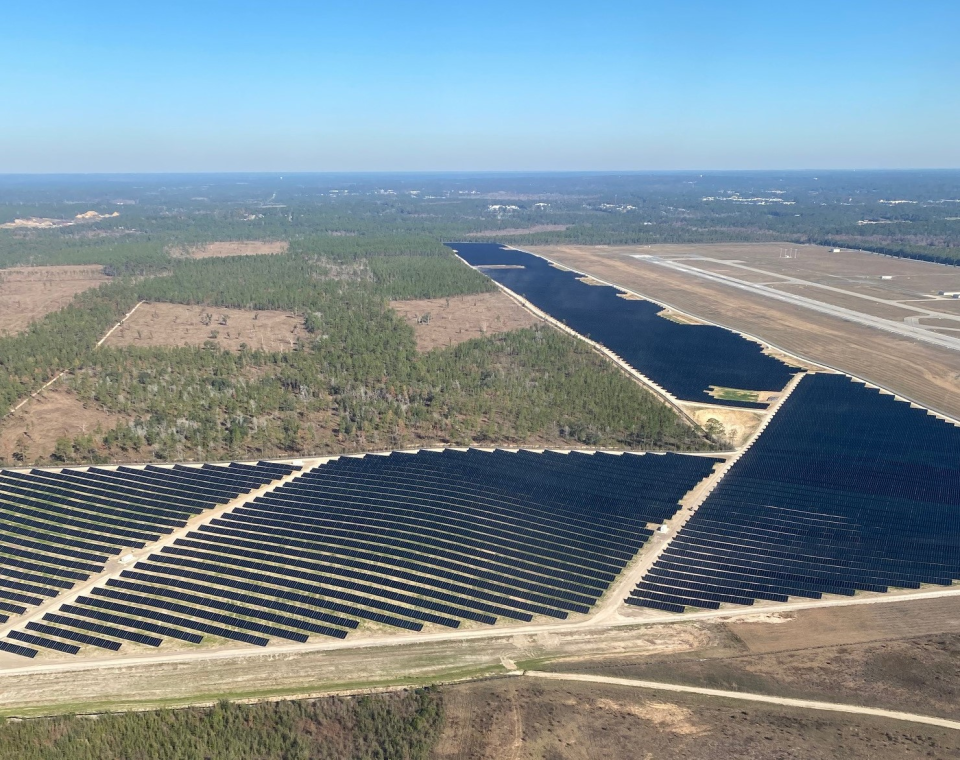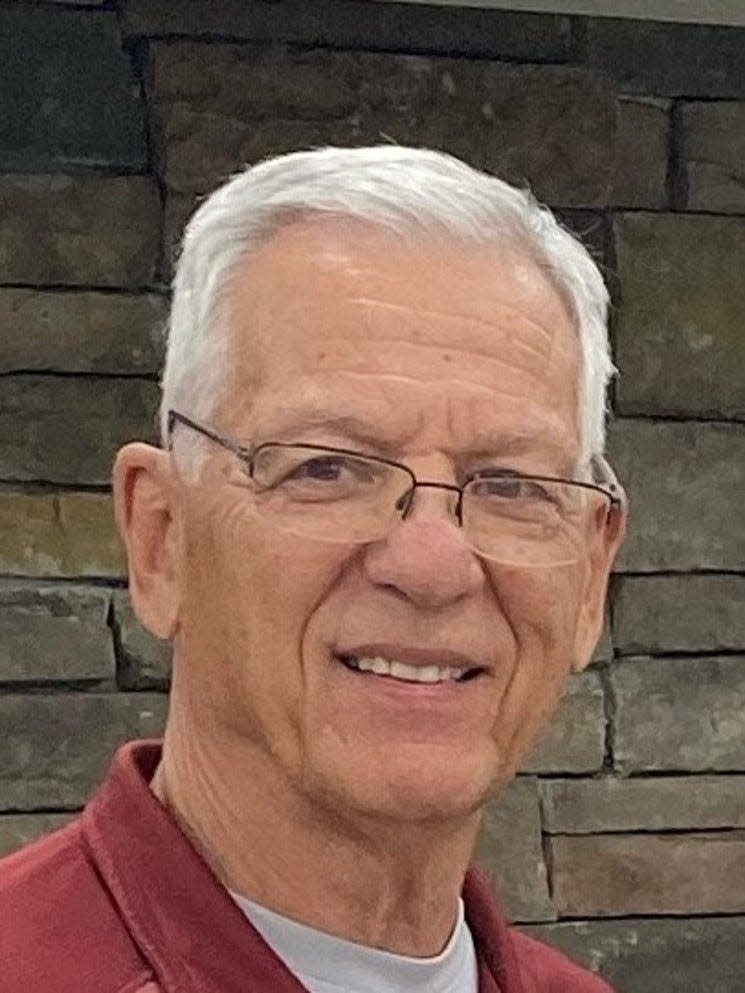Record heat in Miami. Record tornadoes in Tallahassee. Record storm surge at the coast. Record rains in one day. So, why is climate change eliminated from any state government discussion or action? With unseasonably warm temperatures in the Gulf and Atlantic this year, hurricane predictions are much more dire. But I guess a tax holiday for hurricane supplies will fix that.
The lack of state leadership for coping with the real effects of climate change leaves cities and counties struggling to keep up. The recent storms and tornadoes in Tallahassee and across the nation are a sign of a scary future. City utility crews worked diligently to deal with the sewage outfalls in the recent record rain. With outside assistance, utility staff worked 24 hours a day to deal with the devastating impact of three tornadoes on the power grid.
A little history may give us some perspective on the local level. The City of Tallahassee started making electricity from coal in 1902 and by 1921 had a plant burning wood and coal, and later, diesel fuel. In 1930, the city went green way ahead of its time with the purchase of almost all power from West Florida Power’s Lake Talquin Dam. By 1952, that was insufficient and St. Mark’s Power Plant, burning bunker oil was in place. Again, ahead of much of the nation, a switch was made to cleaner natural gas in 1970 and the addition of solar in 2017.

Despite the largest airport solar array in the country and multiple roof top panels, Tallahassee will not see much of a change in its power generation without state incentives. Of more immediate concern to residents is the impact of storms on power distribution and reliability. Over the last 50 years that I have lived here we have gone from power outages with every thunderstorm to a much higher degree of storm resistance.
However, with over 2,000 miles of distribution lines, 200-plus miles of transmission lines, 28 substations, 165 circuits and tens of thousands of tall pines and oak trees, much can go wrong. Tree trimming has been reduced due to community concerns about protecting the canopies and underground transmission lines are prohibitively expensive.
One positive that most people do not recognize is that more than half of the residential and commercial distribution lines are underground. City codes require all new developments to have underground utilities which adds to the total every year. This doesn’t help older neighborhoods, though. Removing the once prevalent farm and plantation pine trees from right of way and easements might help. But that takes time and money.
Another issue recently faced by Tallahassee is sewage outflow during very heavy rainstorms. Tallahassee has over 900 miles of gravity fed and 143 miles of force-fed lines, with 114 pump stations. What causes sewage overflow are the almost 150 miles of shared stormwater and sewer lines. Shared lines have a significant cost savings in many locations and allow for treatment of both sewage and runoff before it is returned to the aquifer. But overflows have happened too often in several neighborhoods. While the city is working to reduce the shared system and provide containment areas for outflow and backup, it is a challenging and costly effort.
Another area that several people have complained about is localized flooding. While we are cursed as a capital city without a scenic riverfront, we are also spared its flooding. The stormwater retention ponds required of new developments have provided not always attractive but effective protection for downstream neighboring areas. Localized flooding, particularly in older or less developed areas, is still a problem.
The effects of torrential rains on the use of swales for street runoff, ponds that turn into lakes, and just low spots filling up with nowhere for water to flow have affected several homes and businesses on a recurring basis.
None of these issues are new and the city and county are allocating significant funds for system improvements. Despite the state’s position that fossil fuels are its future, a lot of death and damage will have to be reckoned with if the predicted hurricanes, tornadoes, thunderstorms and heat test our local utilities. Local government is trying to cope as best it can.
Hopefully everyone in our local community will be patient and get prepared for what the future weather might bring, climate change or not.

Jim Croteau of Tallahassee, Florida is a retired educator and non-profit administrator.
JOIN THE CONVERSATION
Send letters to the editor (up to 200 words) or Your Turn columns (about 500 words) to letters@tallahassee.com. Please include your address for verification purposes only, and if you send a Your Turn, also include a photo and 1-2 line bio of yourself. You can also submit anonymous Zing!s at Tallahassee.com/Zing. Submissions are published on a space-available basis. All submissions may be edited for content, clarity and length, and may also be published by any part of the USA TODAY NETWORK.
This article originally appeared on Tallahassee Democrat: State forces local government to address climate change challenges
Signup bonus from





